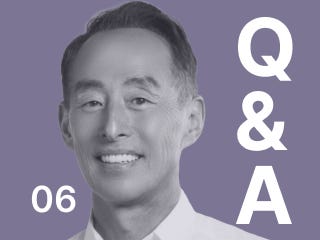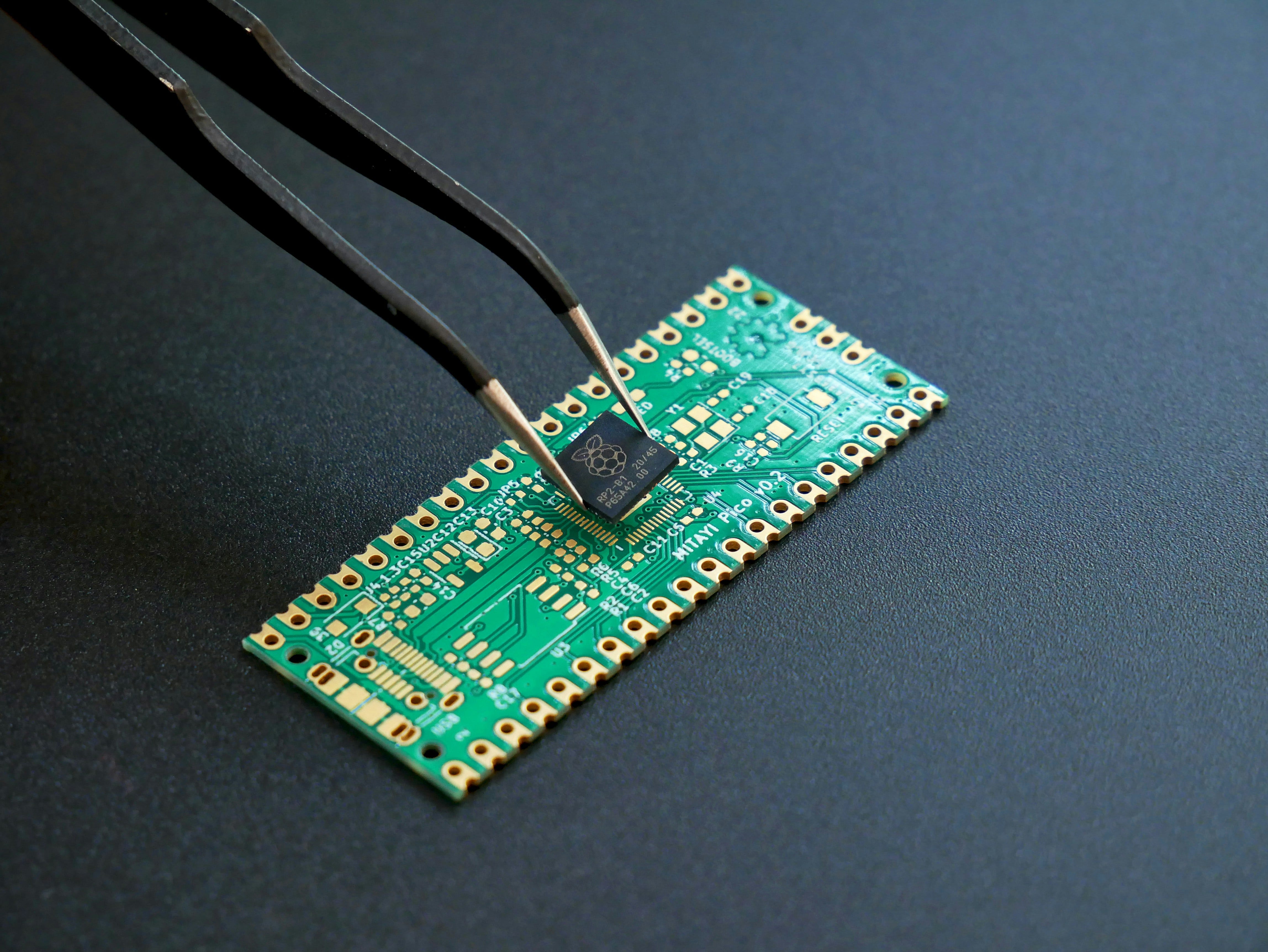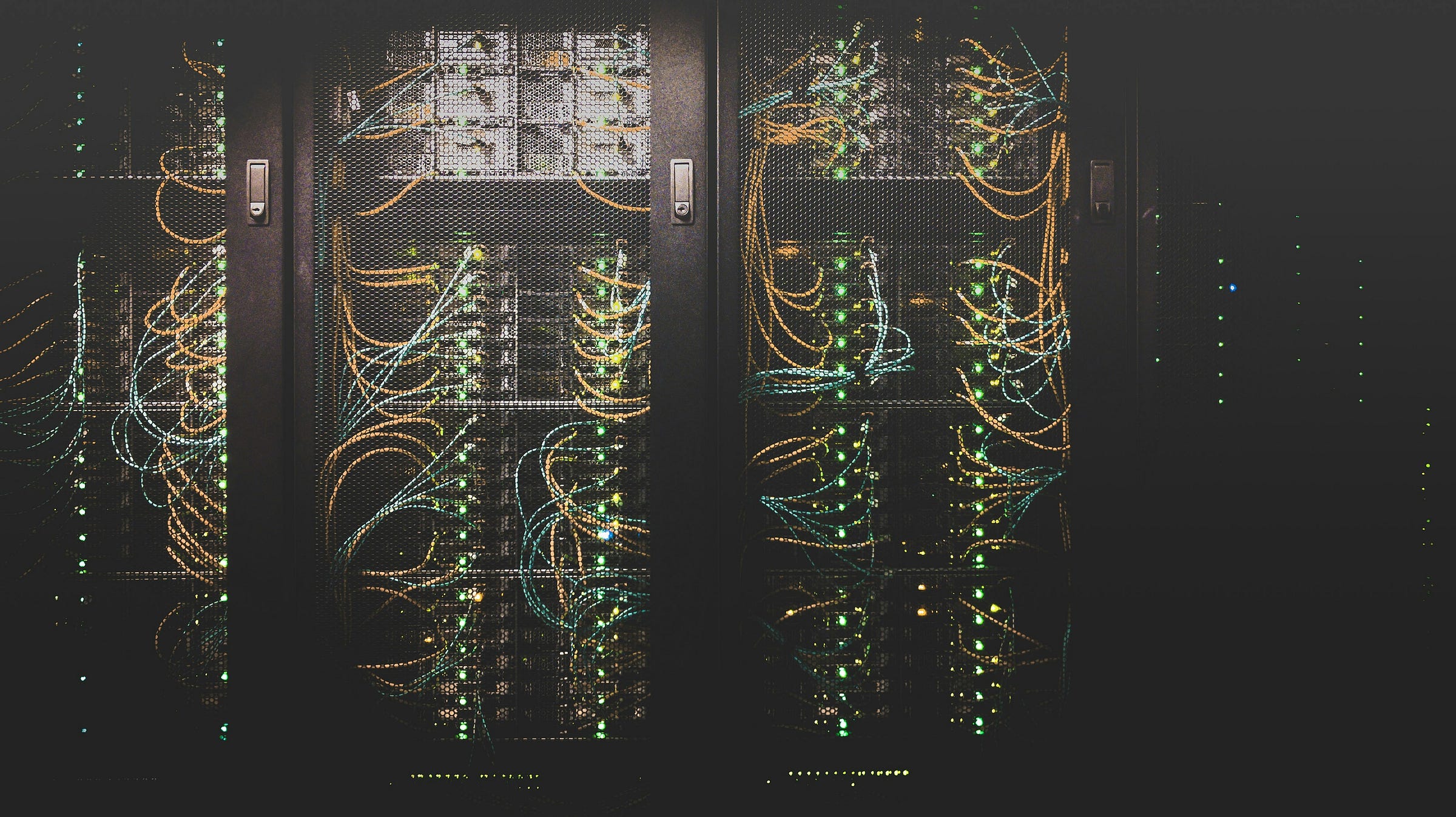Q&A6: Walden Catalyst’s Young Sohn on the collaborative nature of deep tech, how tech is becoming more intersectional, and why he can’t stay retired.
Building deep tech takes a village.
Young Sohn, Founding Managing Partner of Walden Catalyst, has seen a lot of tech history since he went west as a recent graduate of MIT. From the first days of Ethernet to early GPU design, Sohn has had a unique, firsthand vantage on the ways by which technology evolves. Now as a leading deep tech venture capitalist, his work is devoted to determining where the industry is headed. Atoms & Bits spoke with Sohn while he was briefly in San Francisco during a busy travel schedule.
This interview has been edited for clarity.
A&B: Young, does the term “deep tech” hold any meaning for you?
Young Sohn: Deep tech has certain characteristics that scare a lot of people away. A decade ago, if I said, “I am a deep tech investor,” most people would turn for the door. They would have pointed to at a lack of economic opportunity and the enormous market for software. Deep tech isn’t something that translates into outcomes in two years. Our team at Walden Catalyst has invested in over 600 deep tech companies over a 30-year time period. Out of that number, we’ve had 141 IPOs. But the average exit took 8.7 years. Deep tech requires patience. It requires knowledge, because deep tech is black and white: either it works or it doesn’t — nothing in between. You can have multiple delivery service apps. Some are good; some are not as good. In deep tech, nobody will use your chip if it has less performance than the competition. You need to be the best at what you do. Outcomes in deep tech are binary. Deep tech also requires world class technical expertise to create these new ideas. Often the ideas come from all over the world. So it's very international as well as binary and technical. But our track record shows that if you’re consistent and if you support exciting entrepreneurs with expertise, then it is actually a better bet.
A&B: There’s a natural moat around deep tech nearly by definition.
Young Sohn: Yes, exactly.
A&B: Tell us how you got to where you are today. You started your career at Intel, you went to Samsung, now you’re a VC.
Young Sohn: I came to Silicon Valley from MIT. I was building a startup in Massachusetts, and it didn't go well. So I needed to find a job. I first joined the Intel microprocessor group where I worked on the first Ethernet controller. Today, Ethernet is the standard way of connecting things but it was novel back then. I spent 11 years at Intel and then decided to go back to the world of startups. I joined a company called Quantum Corporation as the head of Asia and then became President. We worked with Apple to design the first ever fab-less disk drive in the world. We went from zero to six billion in six years. It was a fantastic high growth company in the storage space. I then became CEO of Oak Technologies, which made GPUs, multimedia chips, and CD controllers. We helped the company IPO and it became one of the fastest growing Silicon Valley companies along with Nvidia. Then Oak merged with Zoran, and I retired for the first time. Around then I learned to kite surf, hung out with a whole bunch of entrepreneurs, and looked at lots of new ideas.
A&B: What drew you out of retirement?
Young Sohn: After I retired a second time and started hanging out at a venture capital fund that spun out of JPMorgan. Around then, my now partner Lip-Bu Tan called me up and said, “Young, there’s a company that maybe you can help me with temporarily.” Temporarily became a five and a half year project, but I did take it public in 2010 and today that company is the backbone of the optical interconnect technologies that carry large amounts of data between routers. Eventually, I retired again. Then I was asked by the Chairman of Samsung to come in and help them look at strategy, investment, and innovation. I did that for ten years as Corporate President and Chief Strategy Officer and I’m still active with Samsung. Now Lip-Bu and I have a venture capital fund called Walden Catalyst. Our goal is to invest in exciting companies that can make a big impact using technology.
A&B: You’ve already retired three times?
Young Sohn: I’ve tried.
A&B: You were present for the advent of so many exciting deep technologies — Ethernet, GPUs, quantum. Do you see a through-line woven between these innovations? Did you see something familiar over and over again?
Young Sohn: Opportunity always happens at the beginning of a new cycle. I do an interview series called “The Next Wave,” because I believe new technological waves create new opportunities, new entrepreneurs, and new leaders. I’ve seen a number of cycles in Silicon Valley. When I first came to the valley, it was about decentralized compute and connecting ESP minicomputers and mainframes. Then came Apple and IBM, and that was when the real revolution began. Of course, the internet in the early 1990s gave us tools to share software and applications. Mobile came next. Without mobile, you cannot run anything today. Mobile gave us data portability and tools that are connected anywhere, anytime — even in your sleep. It’s incredible what transpired. Mobile phones are powered by around 100 billion transistors. And remember, mobile moves high volume; we’re talking about 1.8 billion units. So it gave the industry the kind of volume and scale that put supercomputers in our pockets. Cloud came next, and most apps were decentralized. Now developers just have to worry about their own apps rather than the whole infrastructure. That made running apps much more efficient.
A&B: What era are we in now?
Young Sohn: We are in the AI era. The idea that a computer could recognize a cat only became possible in 2012, thanks to supervised learning and early LLMs. That was only around 10 years ago. Today AI has unimaginable abilities. Does it have logic? Not yet, but it’s getting better.
A&B: Do you think we’re at the beginning of that cycle or the midpoint?
Young Sohn: We’re very early on. In the beginning, infrastructure matters the most. If you think back on the Gold Rush in the 19th Century, shovels and Levi's were the best markets. I am currently investing in a wave of infrastructure — apps, software companies that enable them, and applications that we couldn’t do before. Our ability to digest data is pretty good, but being able to digest a lot of data is not that easy. Over time there will be even more powerful models, which will need a lot of memory to move around the data. And so, companies that are making high bandwidth memory (HBM) modules, like Samsung and SK Hynix will benefit from this as well.
A&B: Will the GPU always be critical to AI?
Young Sohn: There’ll be many different ways of doing it. Right now, the GPU is the best way to add and multiply things. But there will be an even more efficient way of doing it. GPU technology has been around for a long time and it takes a lot of power. So I’m hoping we will have a much more power efficient way of running models.
A&B: What will that new efficiency look like?
Young Sohn: We need to do a hundred times the compute and do it with lower power. One way to do so is new, more efficient architecture. The other way is to make chips more power efficient and more compact using sub-nano technologies. Right now, we are going to two nano and eventually 1.4 nano chips. Soon, we will go even lower. But going to small geometry alone isn't good enough. You also need to pick it out and package them right, because a lot of power is expended moving data back and forth between chips. Imagine if we could build dense chip-to-chip interconnections using optical or copper link. I think that can change the world. These are some of the things we can do to improve performance by 100x with much less power.
A&B: It sounds like you see Moore’s Law continuing apace then.
Young Sohn: I think Moore's Law is showing its age. Dr. Gordon Moore was my boss, and he was a fantastic guy. He was a scientist who observed that we can increase density every two years or 18 months and reap the benefits. But now I think we are in even more exciting times. Moore’s Law was about transistor scaling; now we are doing it using what I call, “transformative scaling” or what Jensen Huang would say “Million-X” scaling. The way we’re scaling now is not just making one big chip. The way you're going to increase compute going forward is through a new approach called “chiplets.” With a high speed interconnect, you can actually multiply much more than just 2x and you can get much higher density, because you are dividing your architecture into high speed bus and reducing the amount of data going back and forth between the chips. That is a much more efficient architecture.
A&B: It sounds like Moore's Law will be quaint compared to the next era.
Young Sohn: Moore’s Law made a tremendous contribution to where we are today. But now we are putting a booster on Moore's Law. Compute is going to go up faster and higher. And that’s exactly what you need if you want to run LLMs in efficient ways.
A&B: I would imagine that's how the chip industry keeps up with AI demand and innovation — at the chip level.
Young Sohn: It’s a systems-level approach. It’s not just chips anymore. It’s about chips, packaging, and interconnecting these modules. Then it’s about stacking them all together, cooling them in a big box, and then running it. If you are an AI company, you have to solve all the system-level issues.
A&B: So it's no longer just about innovating on the surface of the chip. It's about the community of chips.
Young Sohn: It is like going from building a house to building a village.
A&B: I’m curious what will be the next cycle? Is it Quantum?
Young Sohn: Quantum will solve issues involving very complex nonlinear algebra. But quantum today is like semiconductors in the 1960s. If you go back to the 1960s, we were just working on a model. The first integrated circuit (IC) came out around then which was putting together a bunch of transistors and trying to make simple Boolean logic on-off gates. That’s where we are today with quantum compute. It is a great idea and when the qubits are higher it could become very powerful. The science of quantum computing is there. Now, the question is scalability. The question is cost and the ability to package it in tight at the right cost. So I think we still have some distance to cover. Of course, all the software needs to be written because quantum is a different type of logic, too. It's unlike the binary world we’re living in of ones and zeros. Now, you're going to have many, many, many bits between one and zero. How do you deal with that? That’s an opportunity for new operating systems and software. But I think it’s coming soon rather than being here today.
A&B: AI isn’t the only industry that requires compute. Where else you see major changes coming?
Young Sohn: Traditionally, you could say that material science, medicine, and so on are all their own independent disciplines that use their own technologies. But now our ability to put together data and make sense out of it with computational capabilities changes everything. In bio, for example, using compute to analyze tremendous amounts of data enables capabilities and applications like drug discovery, material discovery, and many other properties. This is where I think the computational capabilities of today can be really helpful. But it’s not here yet.
A&B: Why not?
Young Sohn: Just like what happened 30, 40 years ago when the computer came out, we will start with models. Models help us to simulate. The simulation helps us to validate ideas, verify them, and start production. That’s what happened to semiconductors. And it’s what happened with airplanes. You don’t just build an airplane and see if it works. Next up is protein discovery and drug discovery. Once you narrow down your options, then you can use a wet lab to see whether it works and human trials to test efficacy. The whole world is now modeling-based.
A&B: So you see the integration of technologies occurring across different disciplines happening in more than one discipline.
Young Sohn: The whole world is going to be “multi.” If you think about ChatGPT — what’s the next generation ChatGPT? I think it’s going to be multimodal. Gemini from Google incorporates images and video, which makes sense because humans don't just use text; we use all of our senses. I’d say exactly the same thing in science: Multimodal is coming. Using emerging technologies and different sources of data from different sensors will differentiate companies and solutions. Robotics is a great example of multimodal design. Robotics have so many different inputs to translate signals into actions and vision. Could you bring together radar, audio, and sonar and use them in concert?
A&B: You see integration in robotics, AI, and healthcare.
Young Sohn: I think the idea of applying AI to improve our lives has applications everywhere. Healthcare will see a huge benefit. Traditionally, healthcare has been siloed but generates a lot of data. So if you can figure out how to put it together and make better drug discovery with that data and new compute, then the industry will transform. The Environmental Defense Fund (EDF) just sent a satellite out to map methane released from old mines, which are huge contributors to pollution. We didn’t have a tool to make oil and gas companies more responsible until now. Now with AI, we have that tool.
A&B: What would you tell young founders about the next wave of innovation?
Young Sohn: I care deeply about the next generation of creators. Twelve years ago, I helped create Extreme Tech Challenge, which has become the largest startup competition for sustainability in the world. We have exposed over 10,000 companies to venture capital, and they collectively have raised over $4 billion. We have over 400 volunteer VCs supporting them. Entrepreneurial ideas can come from anywhere. And what I tell these new founders to think about is “NABC.” What does that mean? “N” stands for making sure you understand the need — what is the pain point. “A” stands for approach — as in find an approach that is unique and differentiated. Third is benefit — how do you create benefit for your stakeholders? Stakeholders could be your family, your employees, even the government. Then at the end of the day, you need to be competitive. Whatever you do, you have to want to be the best.
A&B: Competition is certainly important. At the same time, there does seem to be a large and growing deep tech community. Most folks want to talk about what they are building and are open about their vision and insights.
Young Sohn: That's a very important point. That’s because deep tech is a very long haul, and you need partners to do hard things. When someone asks, “Who’s your competition?” I don’t have a good answer. In my business, I need to get the best minds in a room to work together.
A&B: It seems like a very unique situation where deep tech is binary — a rising tide doesn’t float all boats — yet there's still community. There are still leaders who want to help one another. That feels very unique.
Young Sohn: That's what it takes to move a mountain.
A&B: We really appreciate your time. This has been fantastic.







